As I mentioned in the last post Andy and I spent about an hour after dinner just walking about, photographing Ikebukuro after sunset. Because of Tokyo’s location with regards to its time zone, the sun sets very early in the winter, a little after 4pm local time. We met around 6pm, ate dinner around 7pm, and started to photograph the area around 8pm. It was officially Dark when we started. And the place was lit up like the proverbial castle.
The Seiryu restaurant we ate at has an “open” window into the kitchen, right by the entrance. Here you can see one of the cooks as well as a few of the patrons at the bar that runs in front of the cooking area. This is a common enough design motif in Japan, seen at every raman shop I’ve eaten at so far in Japan (and I’ve eaten at about a half dozen so far).
While there are a lot of cars, vans, and trucks in Japan, there seem to be as many bikes (both pedal and motorized) if not more. The pedal bikes in particular are complex and well taken care of. They’ll have extra seats in the back to carry children, or they’ll have baskets on the front or back (or both) for carrying items such as groceries. Their complexity and quality level leads me to believe that pedal bikes in Japan aren’t cheap or cheaply made. It wouldn’t surprise me to see the cost of bikes hovering around US $1,000. That’s not that outrageous, considering I spent US $700 on a Canondale C400 back around 2000.
Sidewalks in Japan are much wider than in the states and it’s expected that bike (pedal) riders will make use of them. That means you need to be away and move out of the way when they come towards you. Anything motorized is on the main street.
Even at 8pm the streets were filled with people. Ikebukuro reminds me of New York (from the early 1980s) where everything is lit to daylight levels and businesses are in full gear. While I have no idea what everyone was doing, they seemed to have a perfectly good idea what they were about.
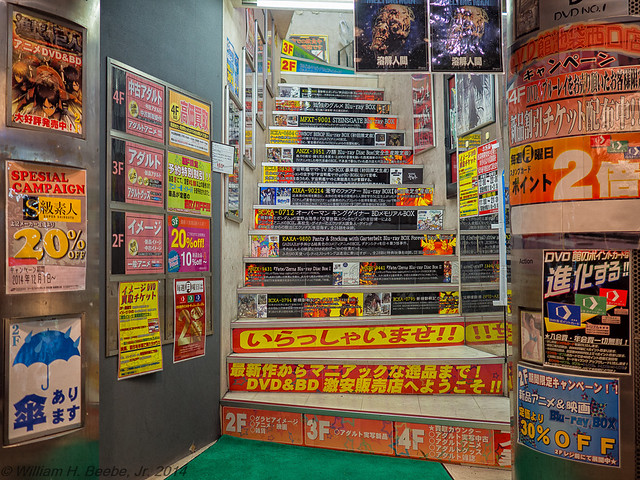 Ikebukuro is a place of color as well as motion and sound. Everywhere you looked was a riot of color.
Ikebukuro is a place of color as well as motion and sound. Everywhere you looked was a riot of color.
Of cautious interest were the “Girl’s Bar” advertisements. I have no idea what was involved and carefully avoided finding out. I try not to be a prude, especially in other countries, but there’s no reason to go looking for trouble.
I wish I could have spent more time working at night. The Olympus E-M10 and the M.Zuiko 1.8/17mm handled themselves superbly in this situation. Of course, I believe that any competent camera would have worked a treat, especially in this very bright venue. Even the color seemed to come out correctly for most of these shots.
The limitations of the current sensor’s exposure range seemed to come out a bit while shooting, such as the photo four photos up. You can see where the very bright areas are showing blown highlights. But you know what? I don’t care. Everything else in that photo I cared about came out just fine.
I’m a photographer because I enjoy it. If I ever get to the point where I obsess over such minor issues then I won’t be enjoying it, and it’ll be time for me to hang up the cameras and retire to one of God’s waiting rooms[1] until I finally die.
[1] Also known as a Florida retirement community.

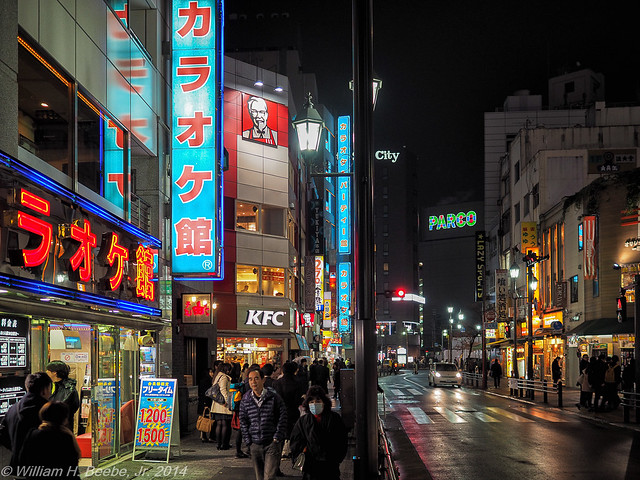
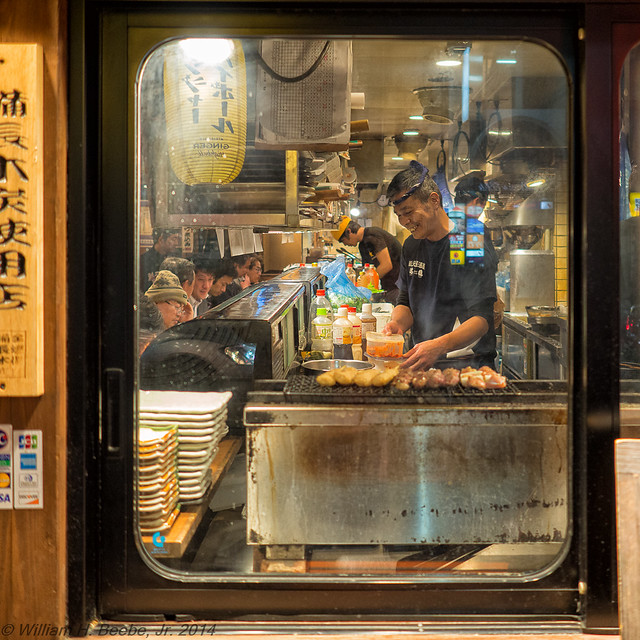
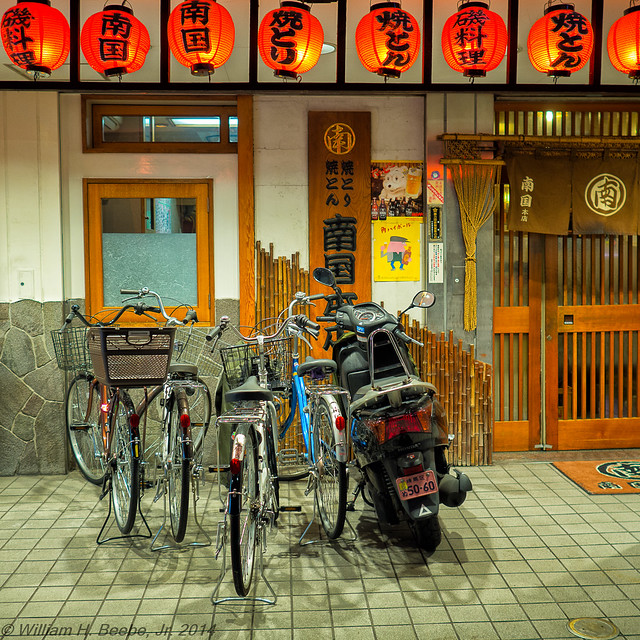
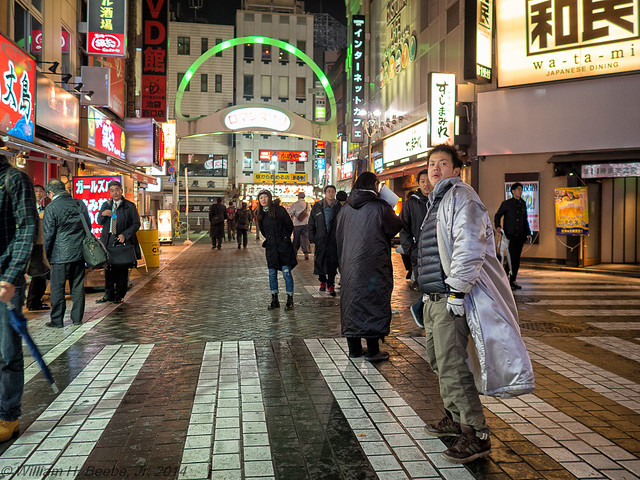

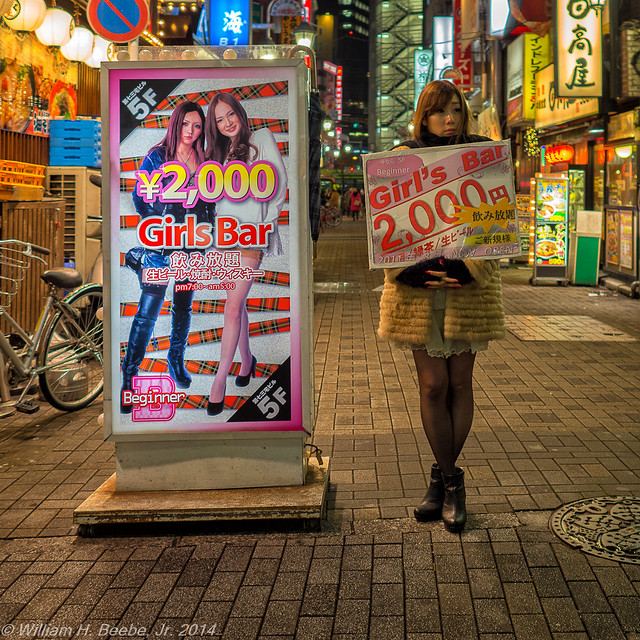
I love pictures taken at night in Japan and I think yours are absolutely beautiful and capture the atmosphere perfectly.
LikeLike
Thank you. I’ve heard how downtown Tokyo is even more remarkable in this regard, such as Akihabara. There is so much to Japan, and so little time…
LikeLike
I hope you will have the time to get around the town. The shibuya crossing at night, as well as the electronic district in Akihabara are great.
LikeLike